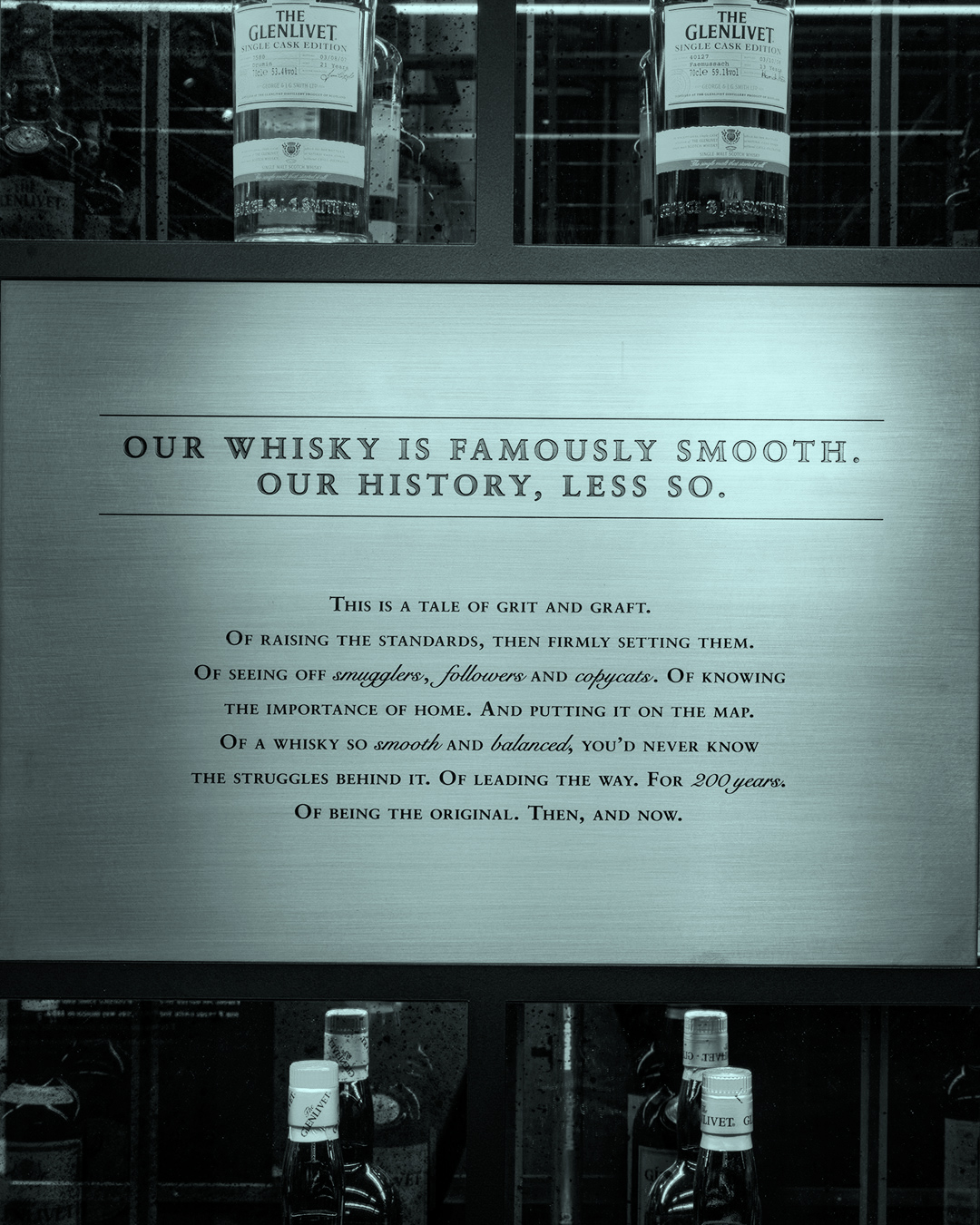
Whisky brands everywhere have founding stories to make other brands green with envy. The Glenlivet is no exception: in the 1820s, George Smith fought off smugglers to create Scotland’s “original single malt” and by 1852 Charles Dickens was a fan. It’s a neat tale to tell on the side of a whisky bottle, but what about the distillery tour version?
Our brief from The Glenlivet was to tell that story (and what happened over the next 200 years) over five rooms and two hours, and to make sure our words could outlive the next 20 years of ad campaigns.
We weren’t short of material and artefacts for the early years, but we didn’t want the story to drop off when George Smith did. How could we show The Glenlivet’s story continued – and continues?
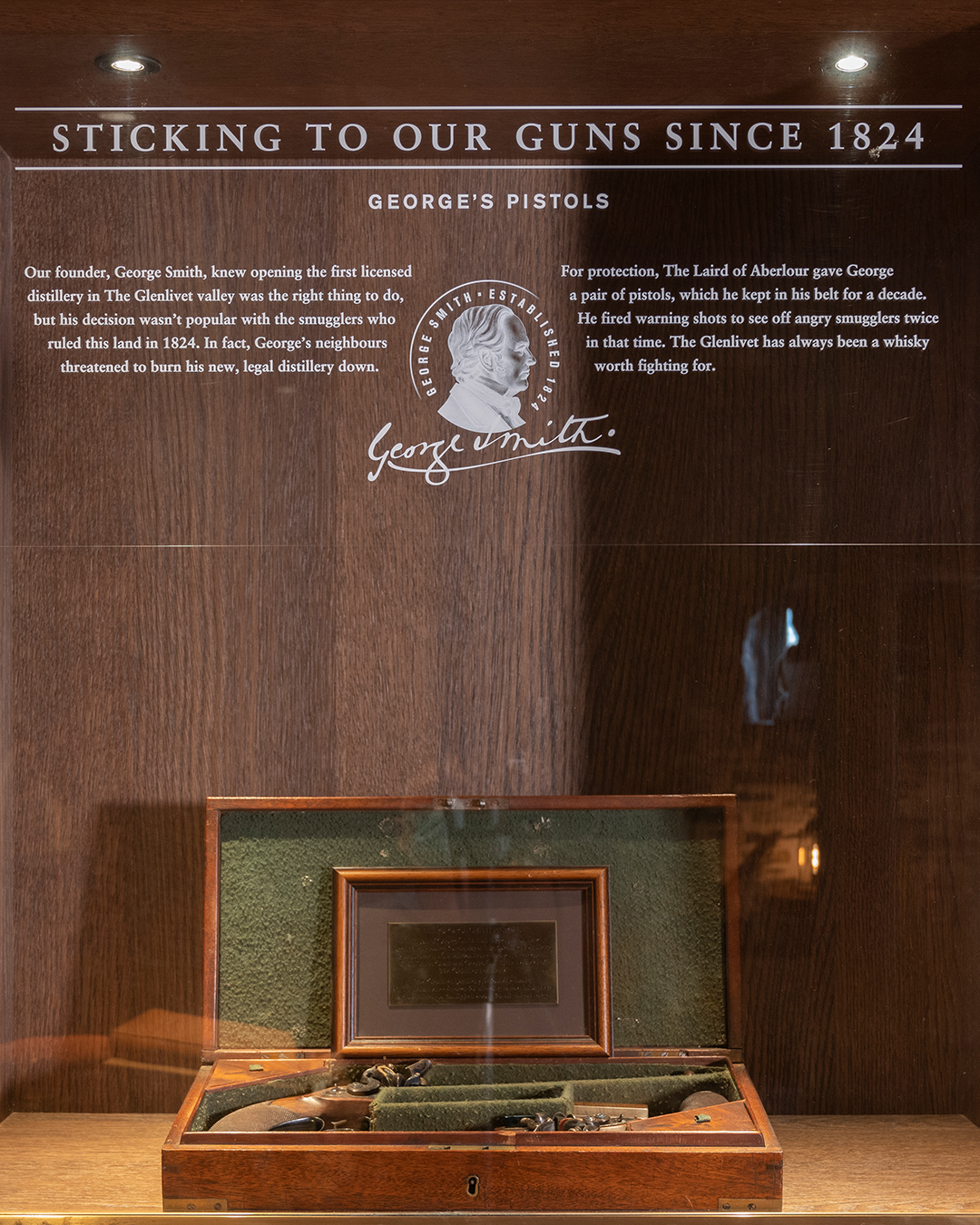
The Glenlivet’s brand team had a floor plan and designs, but everything else was a blank slate. We looked through old ads and presentations and we quizzed The Glenlivet’s archivist to find out more. Brand positionings and ad campaigns had come and gone, but beyond George Smith’s tale and the “original single malt” headline, no-one had really grappled with the rest of The Glenlivet’s story in years.
Early on, we decided to use George Smith’s tenacity and determination as a thread to join The Glenlivet’s past with its present. This helped us find an angle for the many different stories and it set the tone for how we wrote them too. Headlines, for example, have a bold we-do-things-our-way certainty to them.
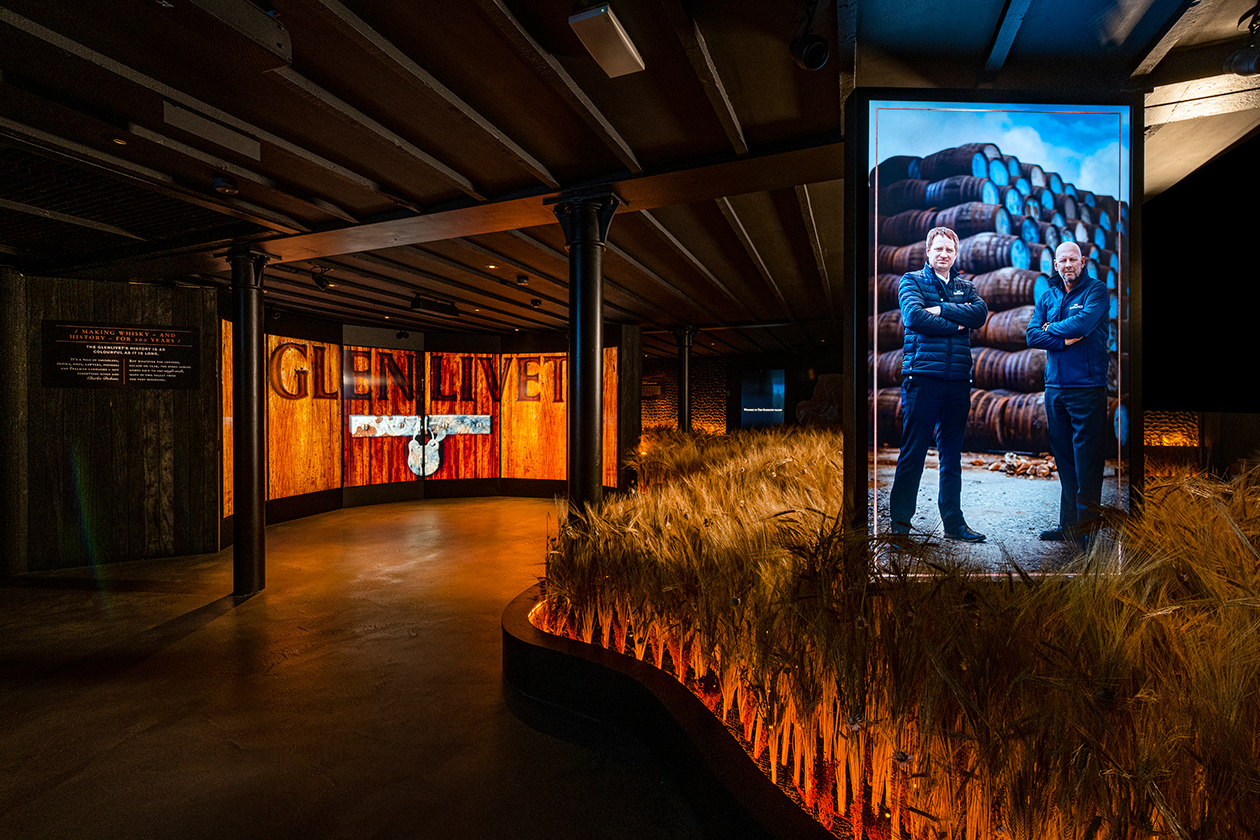
One challenge was to join George Smith’s never-give-up attitude with the more delicate-sounding “smooth and balanced” taste of The Glenlivet. And for that, we had to go back to how The Glenlivet is made.
On most whisky tours, the main story gets lost in the detail around the purity of the spring water, the design of the still (and so on). So far, so technical. When we spoke to The Glenlivet’s master blender, though, we uncovered a bigger story. The Glenlivet is so smooth and so balanced, that if one tiny detail – like the cut of the barley from the mill, or the type of cask it’s matured in – isn’t spot-on, you can taste it in one sip. The lengths The Glenlivet’s team goes to to make their single malt hadn’t really been told before. They keep tweaking and tasting and tweaking and tasting – they don’t stop until everything is just right. And that became the other half of our story, linking George Smith’s determination to how The Glenlivet is made (and matured) today.
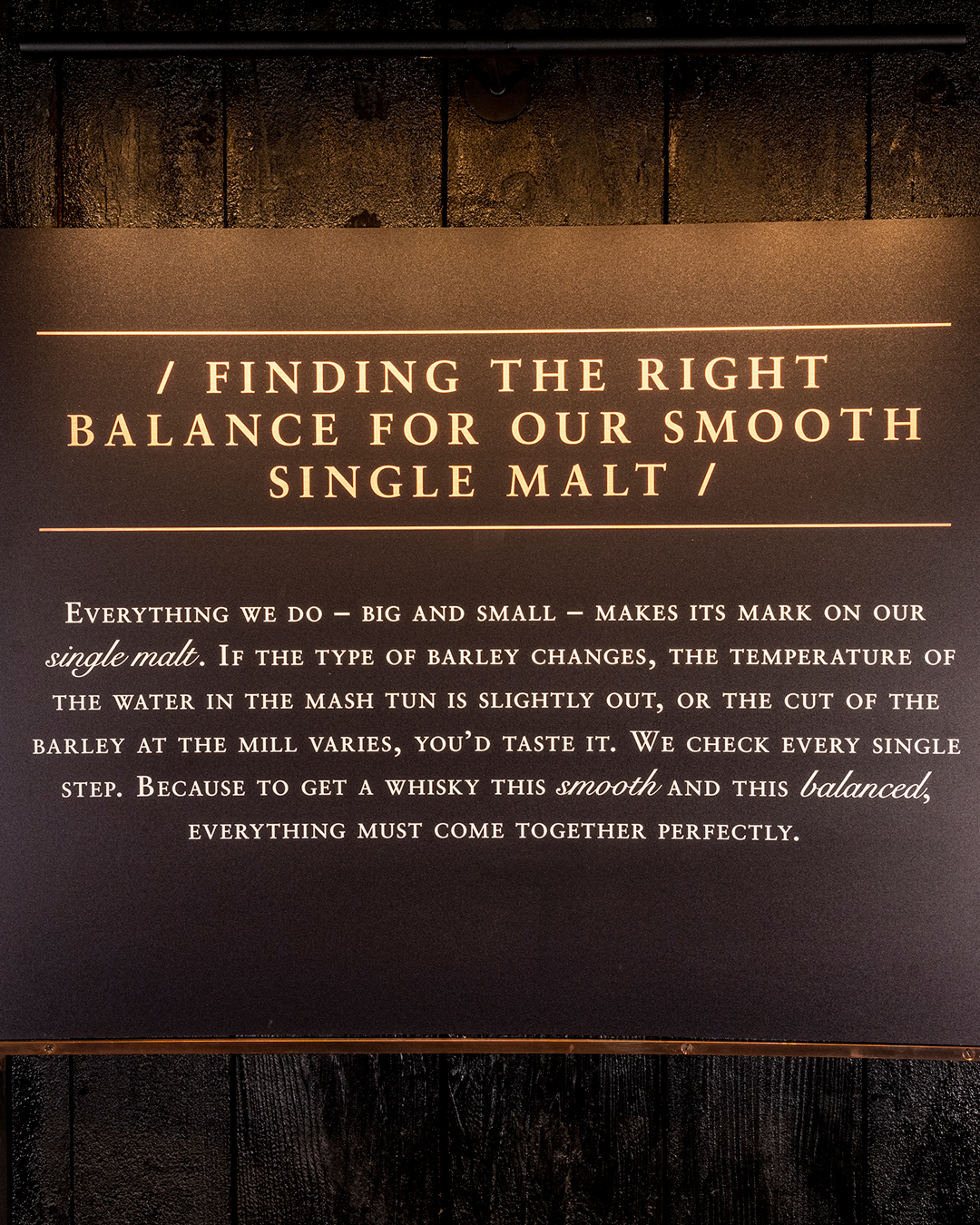
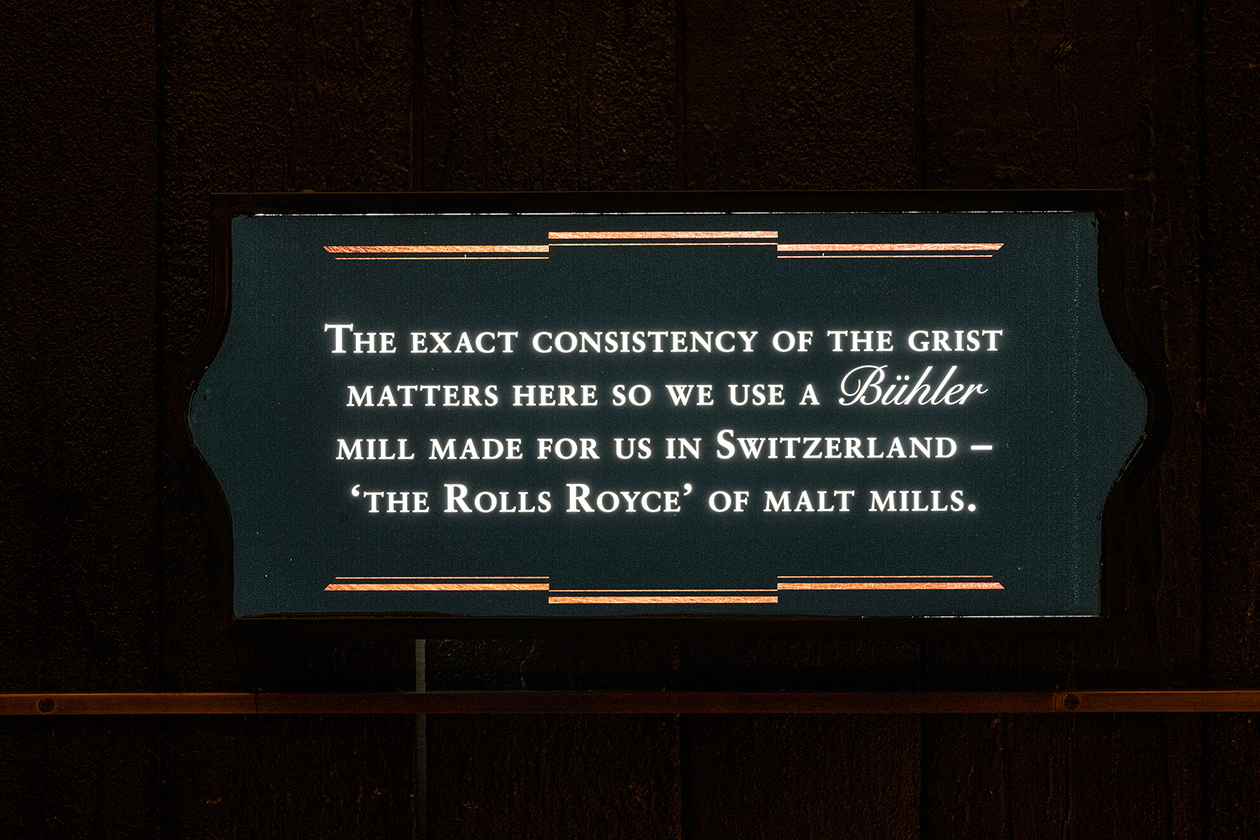
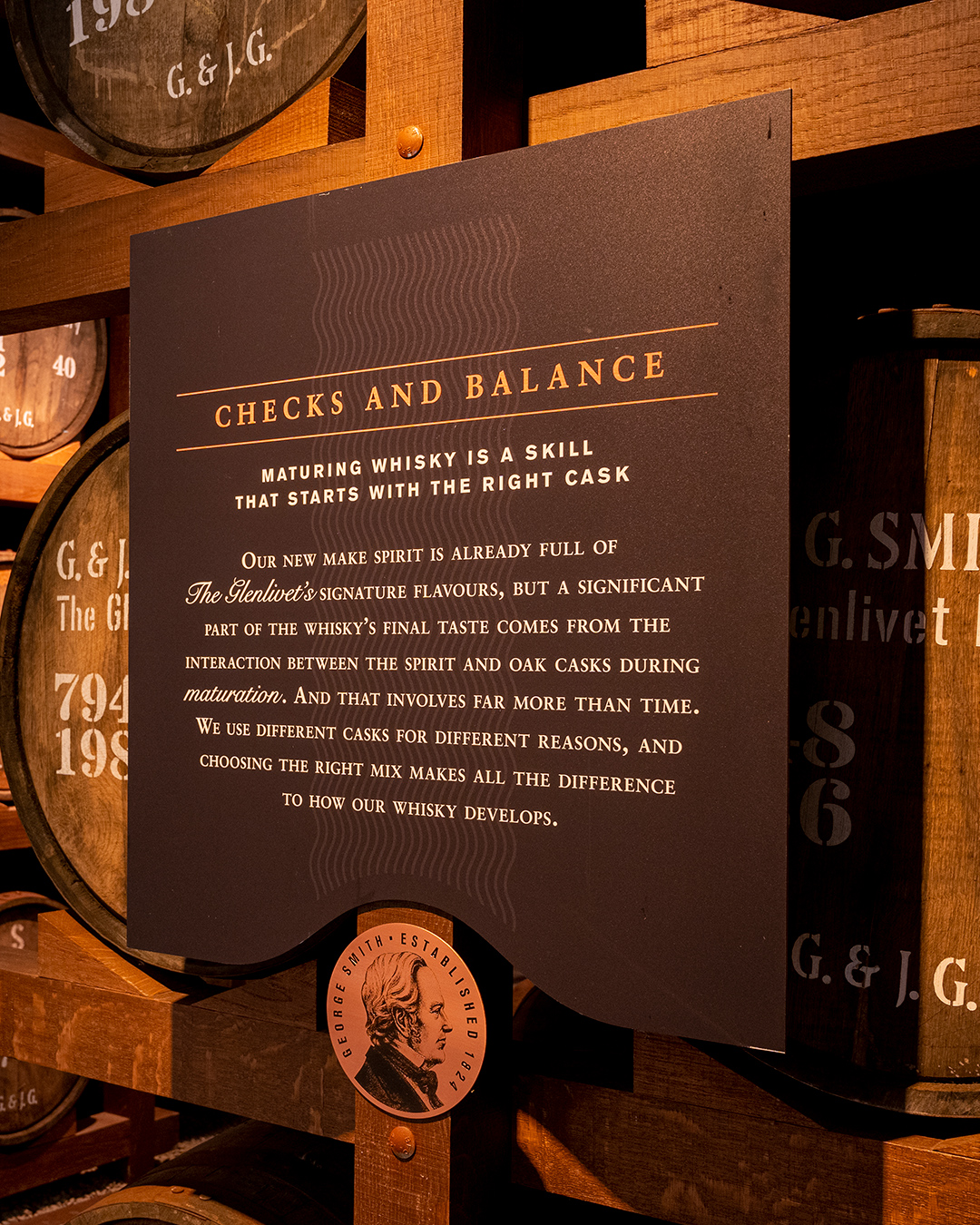
We followed these stories through to the tasting room and the shop too. Instead of the usual “nose, palate, finish” tasting notes structure, we went for a simpler one: this flavour is balanced with this one for smoothness. It’s a good example of how writing is as much about how you organise what you want to say as it is about the words themselves. This simple structure brings the “smooth and balanced” bit of the brand front and centre and makes it easier to write about the variations without using “whisky-itis” words like “floral notes of heather with a hint of smoke…etc etc.” It also helps the tour guides talk about the whisky in the tasting during the tour and mirrors how people choose a bottle of The Glenlivet to take home in the shop.
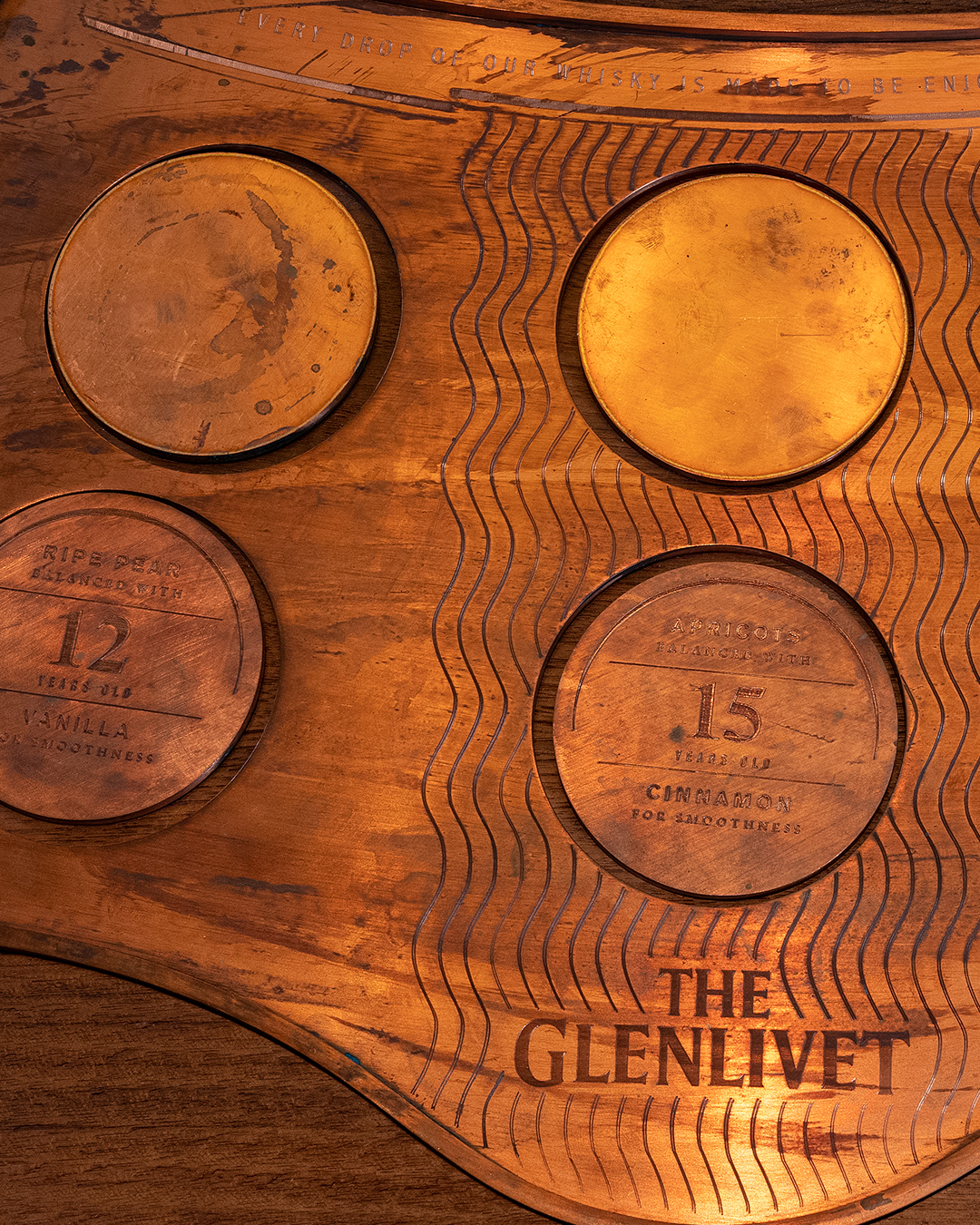

As with any exhibition or tour, there was also an ongoing pacing and structuring job to keep on top of: what’s the main thing we want people to remember here? What are the big themes versus the smaller stories? How many words are too many to take in? Which bits should be written in the tour guide’s script versus those on the panels? Doing this kind of job is very different to writing in a Word doc – we had to keep thinking about walking around the visitor centre and the best way to tell The Glenlivet’s story in its Speyside home.

WHAT WE DID
+ Planned and wrote the words for The Glenlivet Brand Home.
+ Researched, developed and fleshed out the story for The Glenlivet, then told it across five rooms.
+ Wrote the script for the brand film.
+ Restructured and wrote the tasting notes for the tasting room and shop.
WHAT WE DIDN’T DO
+ Plan the rooms – often we were starting with a blank space with the note “what should the story say here”?
+ The exhibition design. Blacksheep did that.
+ Take the photos. Thanks to John Paul for those.
